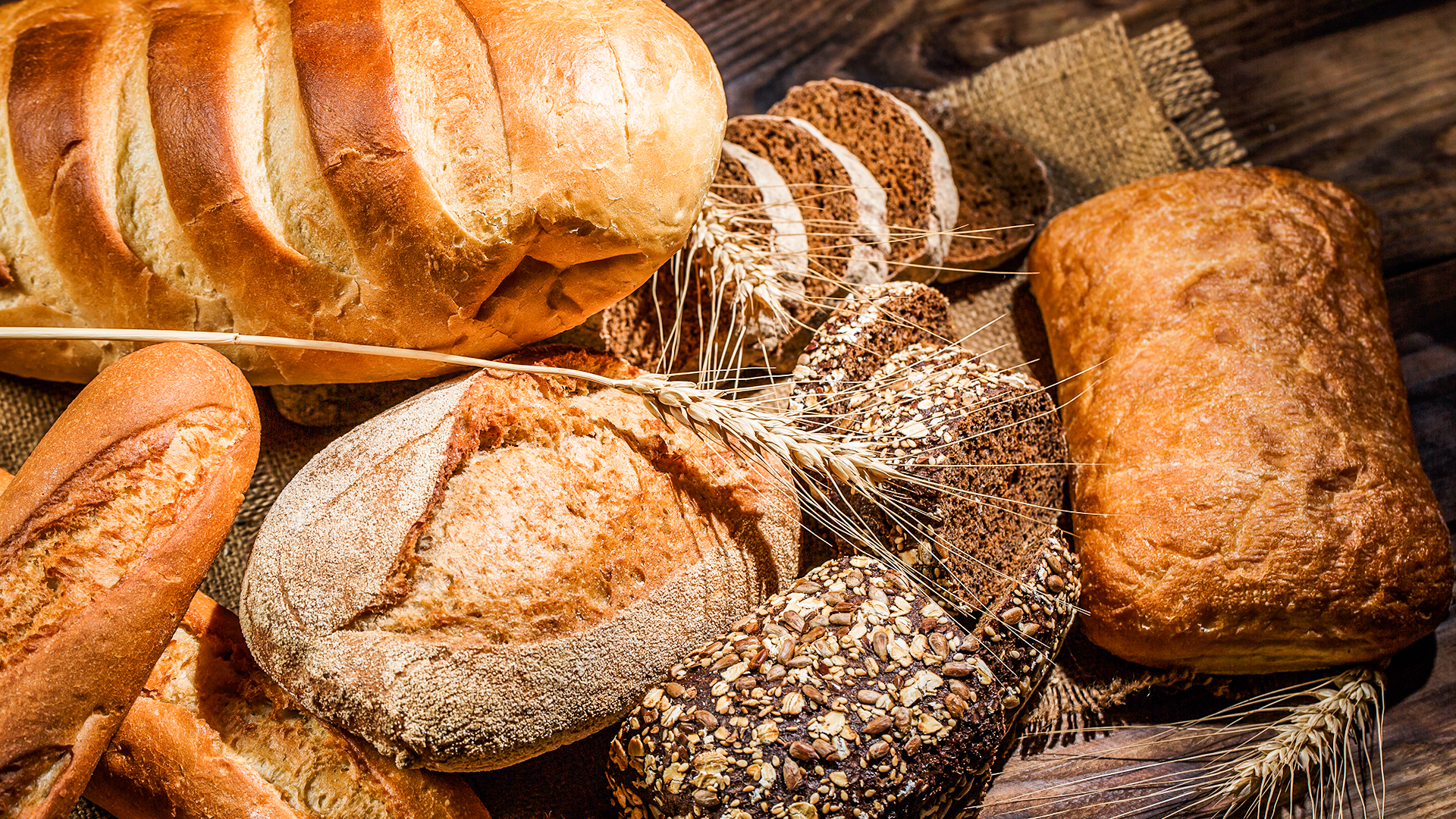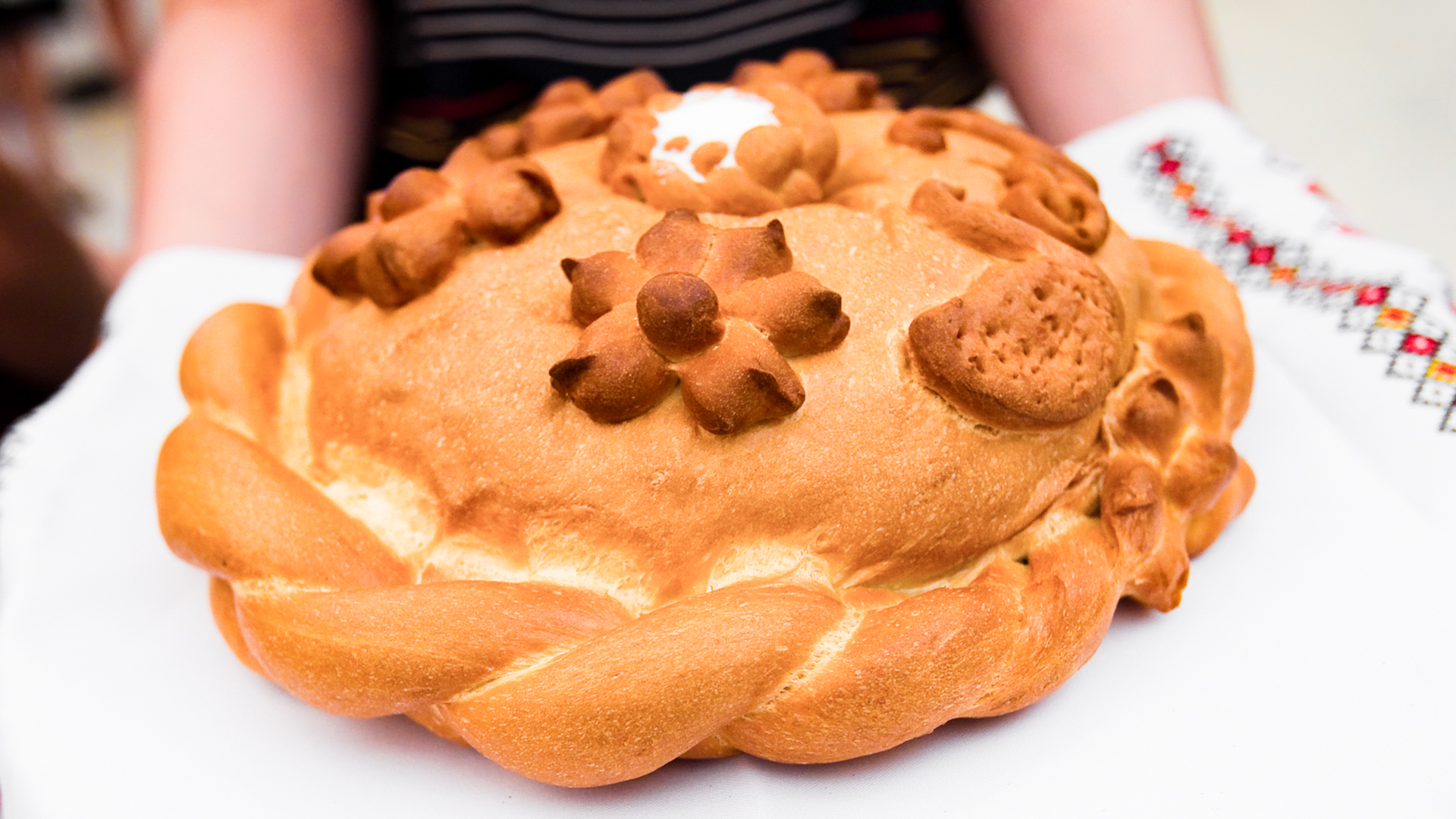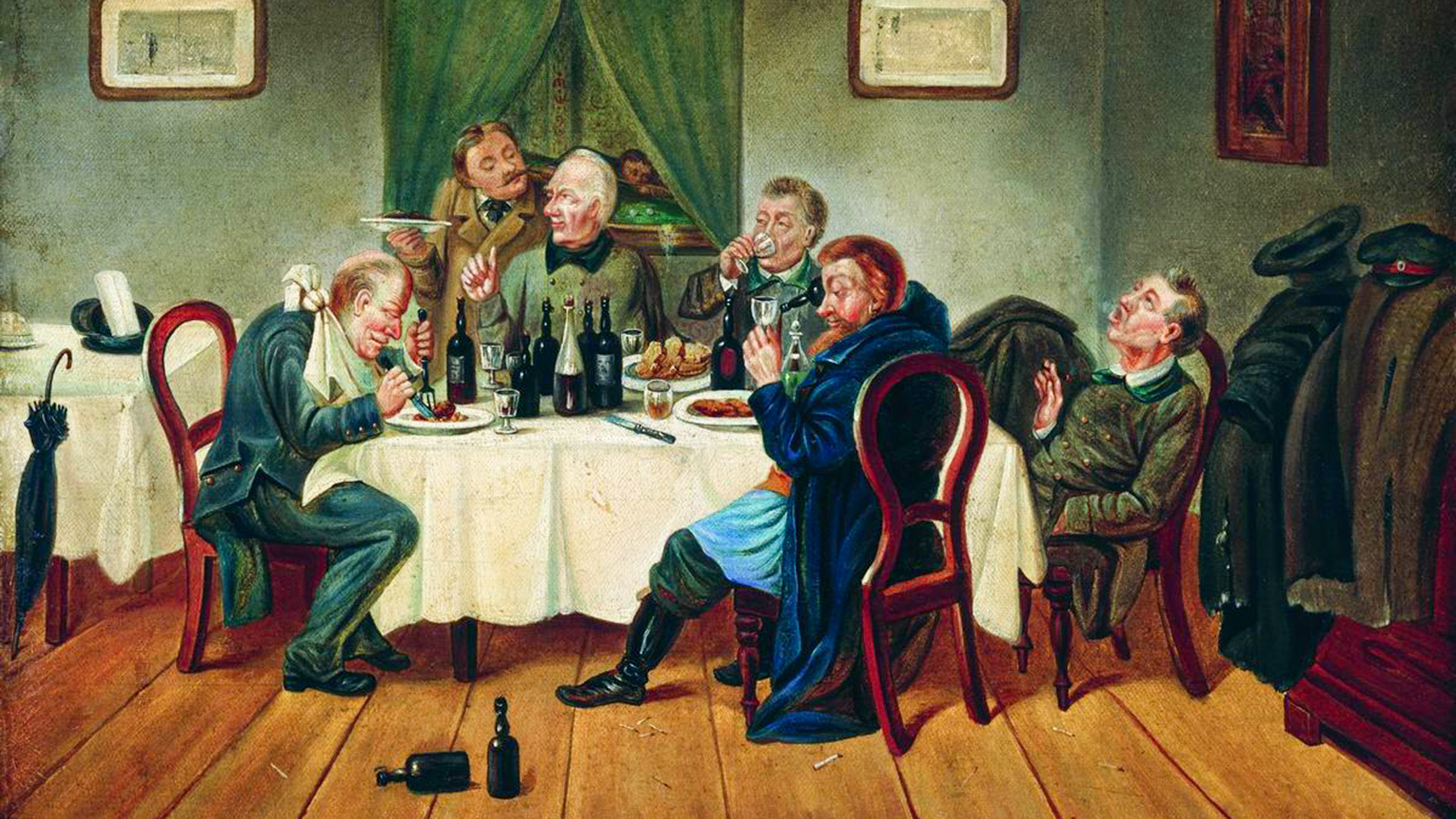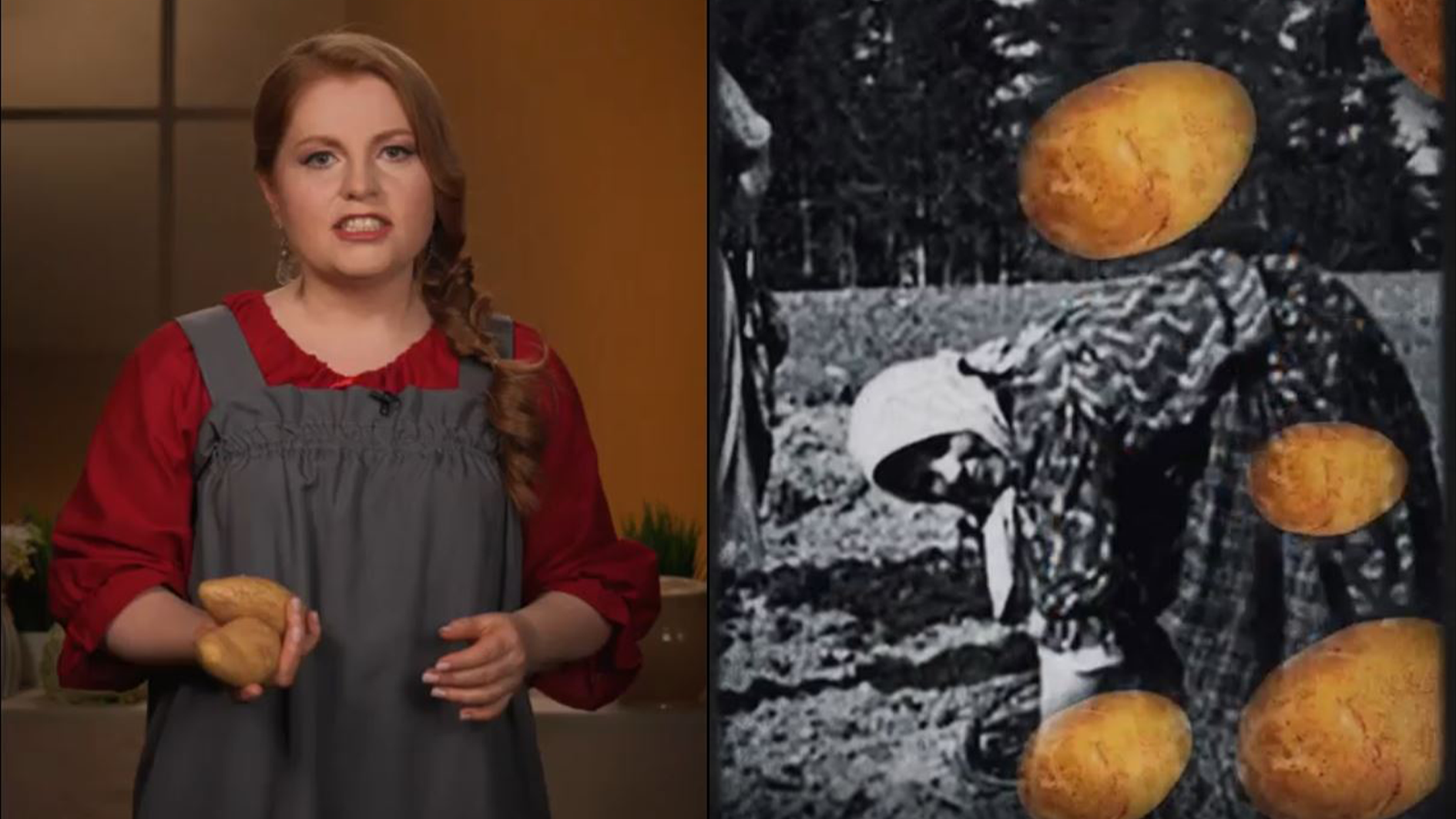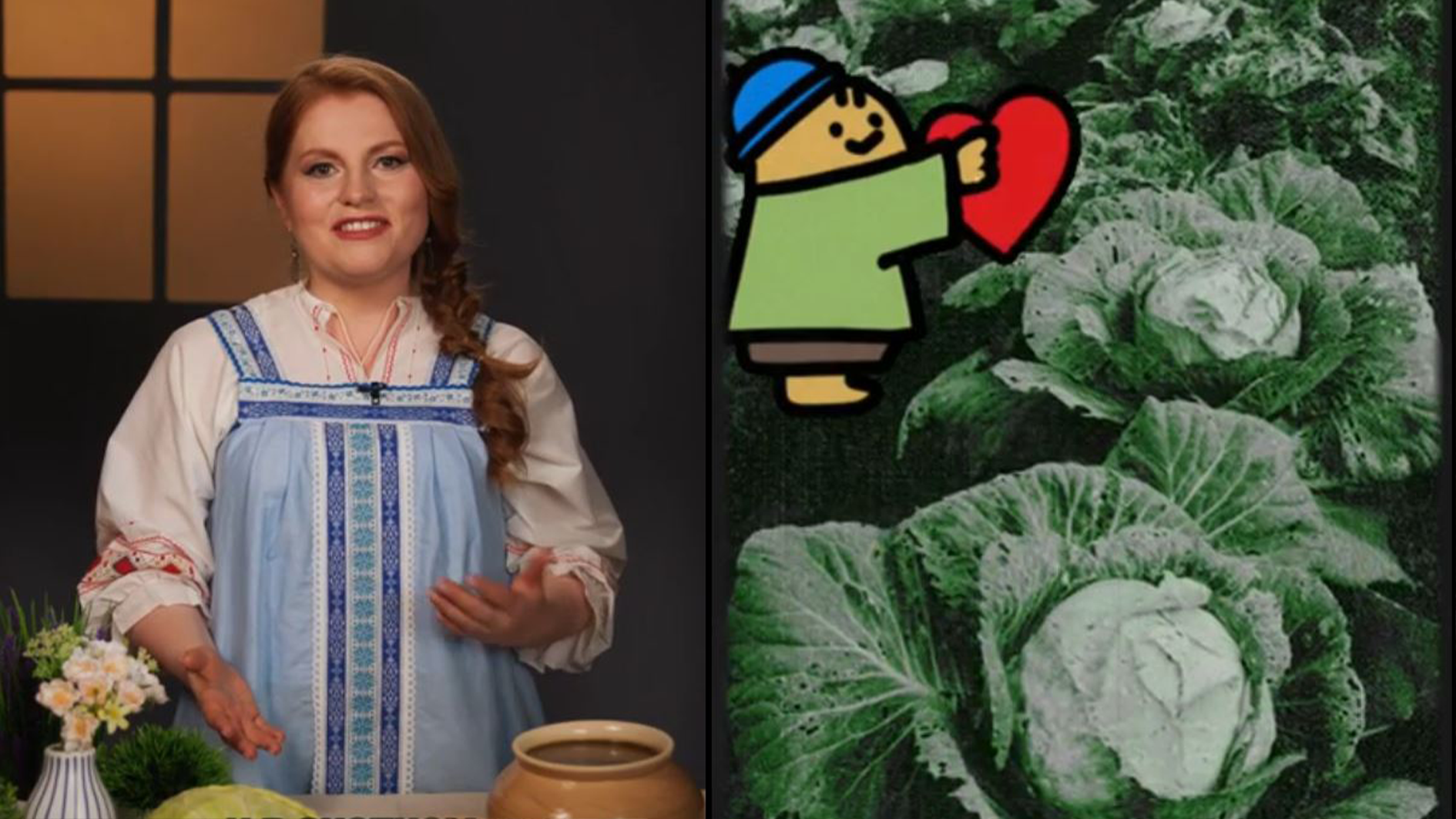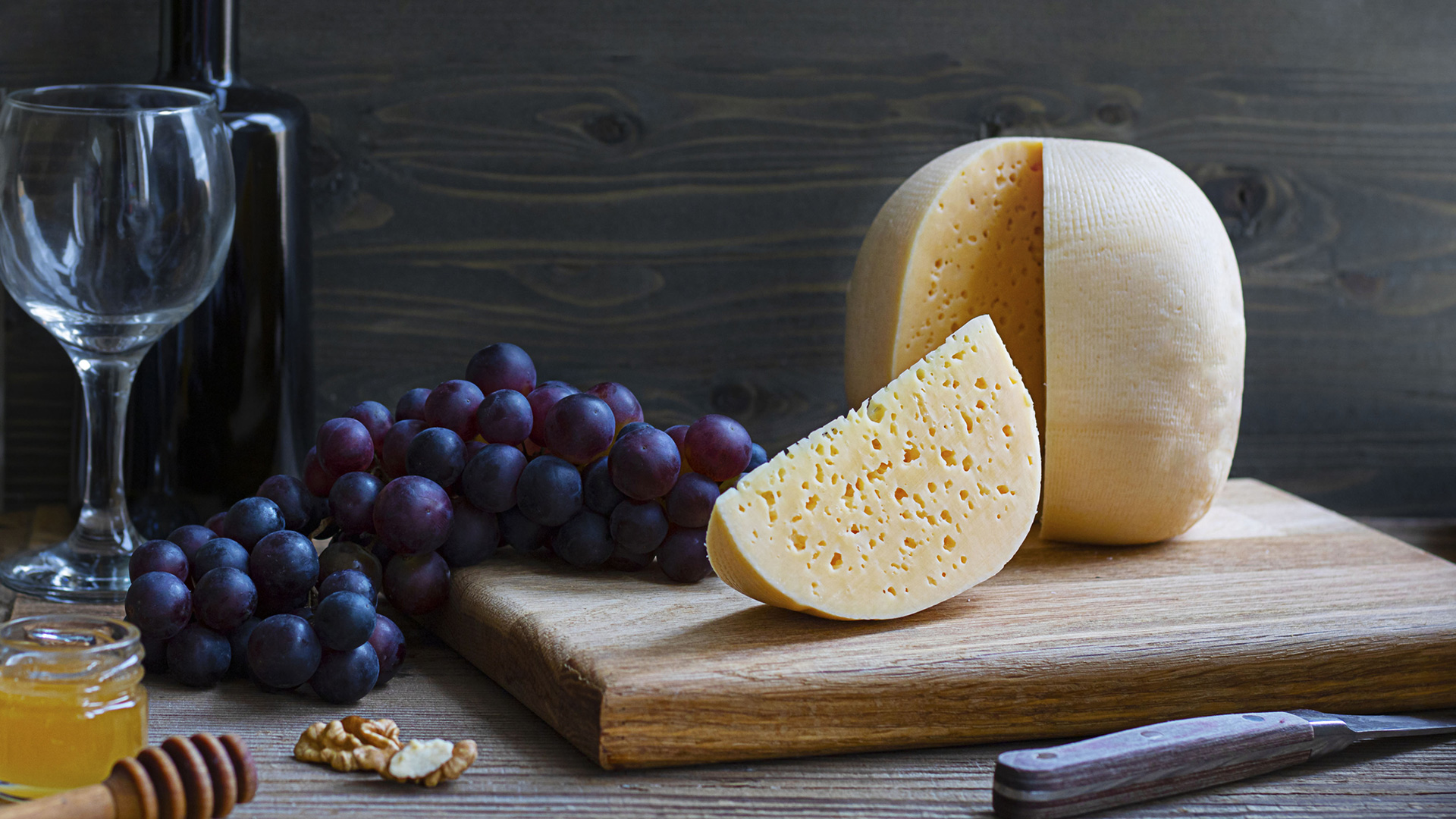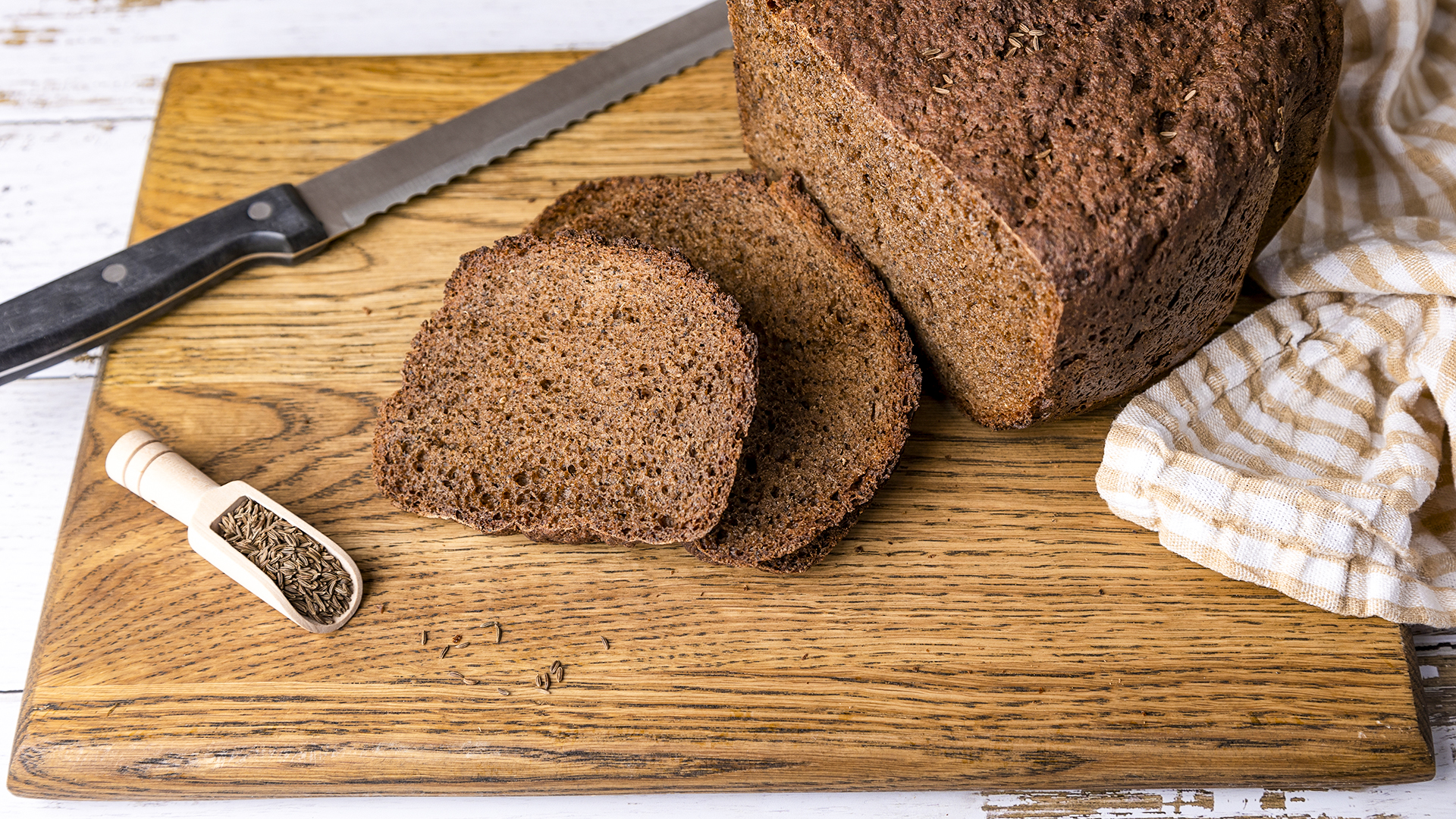
How ‘shchi’ became the main symbol of Russian cuisine
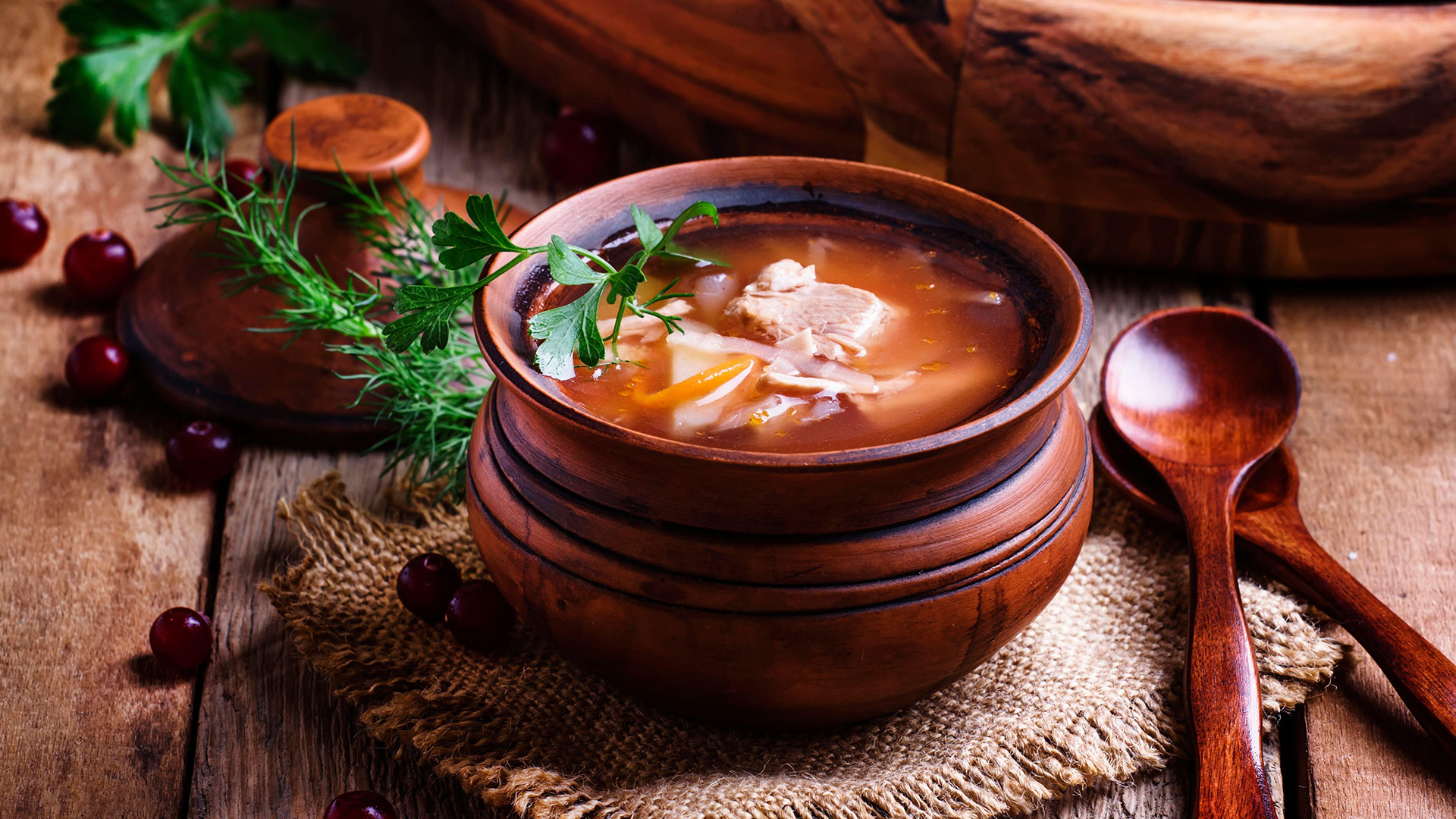
Centuries on the Russian table
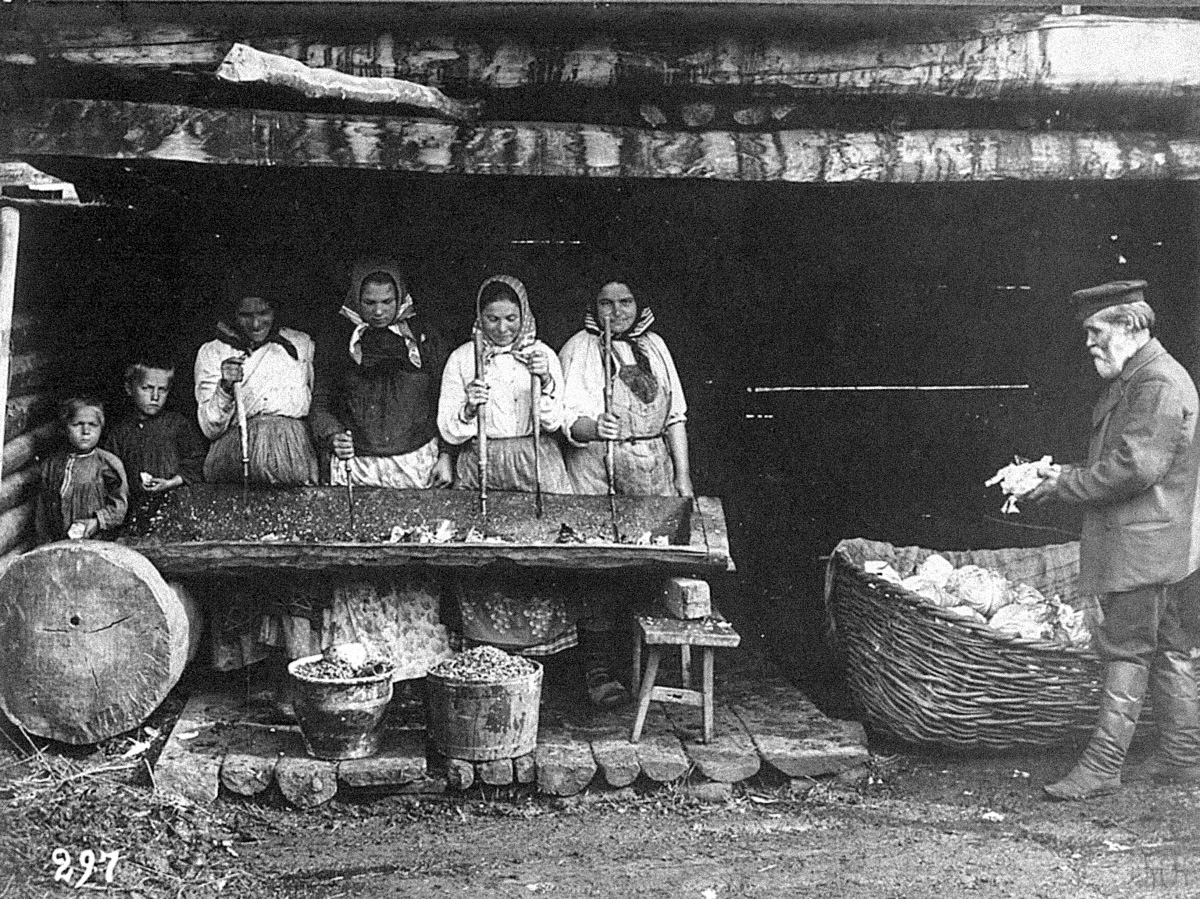
This soup has been cooked in Rus since at least the 10th century. According to many historians, this happened when Russians began cultivating cabbage, imported through trade relations with Byzantium. It quickly became established in Russian lands due to its hardiness, could be stored all winter, was cheap, and made for quite hearty dishes. "Commoners eat it twice a day," wrote the Dutch traveler Cornelis de Bruijn, who visited Moscow in 1702. Interestingly, it was primarily white cabbage that became popular, although other varieties (such as cauliflower and red cabbage) were also known. Cabbage was dried, fermented, stewed in the oven, and, of course, used to make shchi.
 Workmen's canteen in a village, Russia, circa 1890. by L Boulanger.
Workmen's canteen in a village, Russia, circa 1890. by L Boulanger.
The name of the soup goes back to the Old Russian word "shti," meaning "something nourishing." So it turns out that shchi is a relative of 'sytost' (satiety). However, some historians believe that the word "shchi" shares common roots with the words "sok" (juice) and "shchavel" (sorrel). There is some truth in this as well: sorrel is also often used for this soup.
The magic of the Russian stove
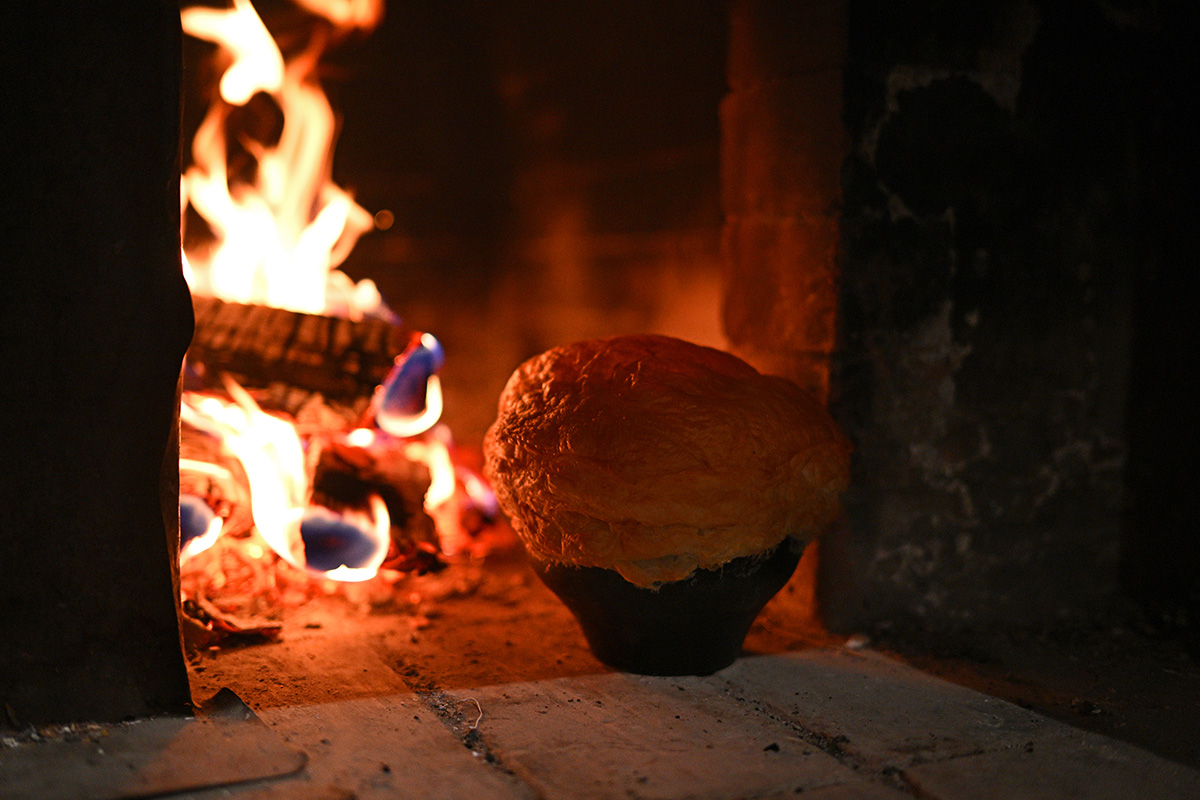
The secret to shchi's heartiness lies not only in the cabbage but also in the Russian stove. In it, the soup wasn't boiled but simmered for hours, allowing all the ingredients to acquire an incredible softness and the flavors to intertwine harmoniously. Shchi didn't spoil quickly; on the contrary, it would steep and become even more delicious.
Today, similar temperature regimes can be achieved in ovens, slow cookers, and other culinary gadgets. However, it can also be cooked on a regular stovetop.
Tip: Cook shchi in the evening and let it steep until the next day. Serve with black bread and sour cream.
‘Shchi’ is not just cabbage

The genius of shchi lies in its versatility. In addition to cabbage, they include nettle, sorrel, and orache. For instance, a recipe for nettle shchi is found in Sergey Drukontsev's book "Culinary Notes" from 1779: the nettles were blanched and combined with egg, beef, and lard. And sorrel soup ("green shchi") remains a popular summer soup to this day.
What else besides cabbage is needed for shchi? Here, as they say, it depends on the possibilities. And it was served both in peasant huts and in royal chambers.
The poorer classes ate shchi made with water, "empty" ones. The wealthier added meat, mushrooms, or fish.
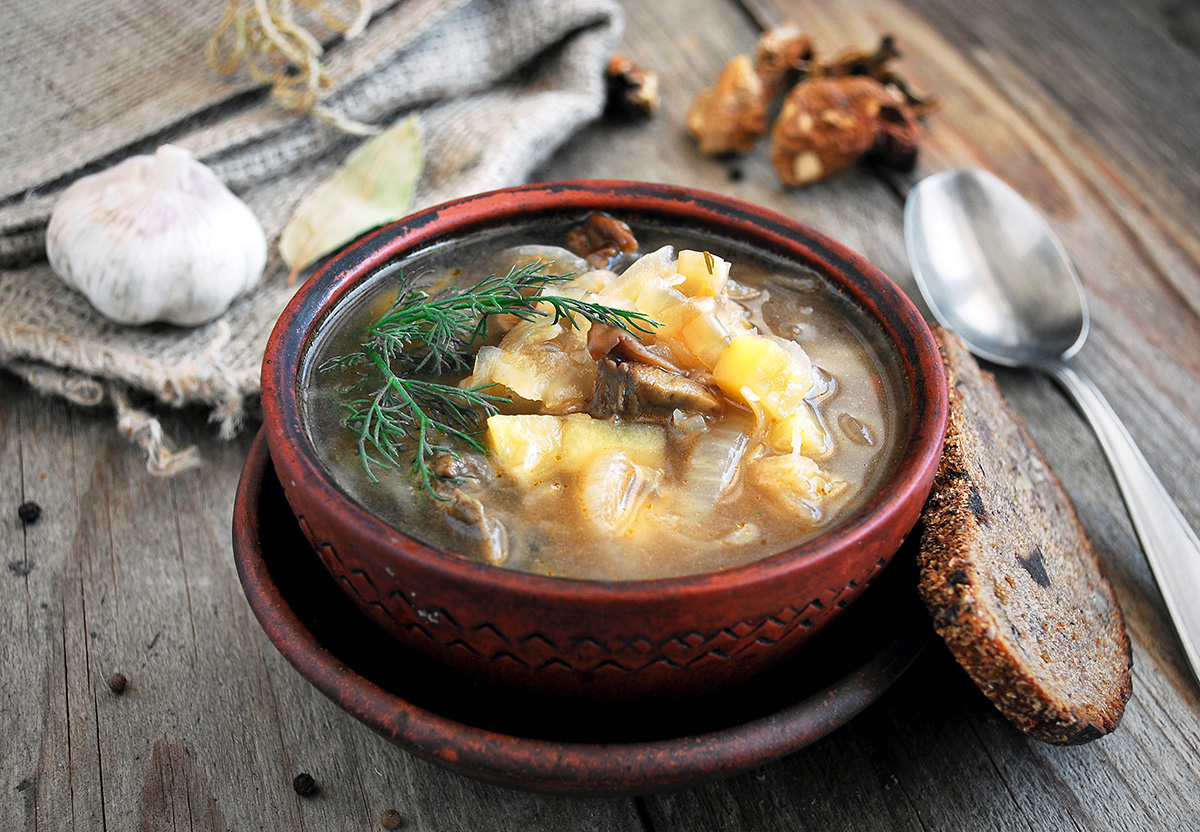
There are versions of shchi made from dried cabbage, from fermented cabbage, and from frozen cabbage. All variations have a right to exist. There is no canonical recipe. But shchi was cooked by all social classes and in all times. Even Peter the Great, who opened a "window to Europe," preferred simple Russian shchi for lunch.
Centuries have passed, eras have changed, but shchi remains the dish that unites all residents of Russia.



